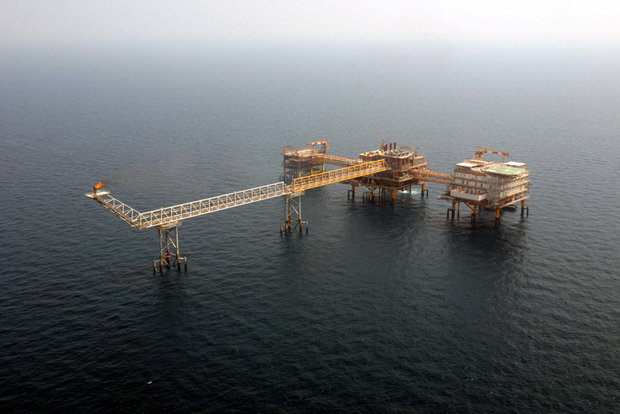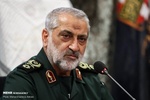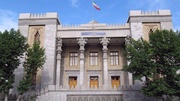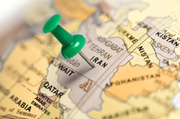As Financial Times reported, Al-Kaabi said commercial bids for the project in the North Field, the planet’s biggest natural gas field, would be delayed because of the Covid-19 pandemic but insisted that all contracts would be awarded by the end of the year.
“The North Field expansion project is moving full steam ahead, no delay there. The only issue is because of Covid and suppliers and so on,” Kaabi said in a briefing with the US-Qatar Business Council. “In my view, you continue your plan and invest in the bad times because these projects are long term.”
The North Field expansion project has attracted huge interest from the world’s energy majors including Total, Royal Dutch Shell, ExxonMobil, and ConocoPhillips, as well as others that see it as an opportunity to invest in a fuel expected to remain more resilient than oil because of its lower emissions.
Qatar Petroleum is seeking to secure partnerships for projects overseas with the same companies and is leveraging the North Field development to boost its international expansion plans.
In mid-April, Qatar Petroleum announced the start of drilling operations for the development of its North Field (known in Iran as South Pars) gas field, in which the company plans to drill 80 new wells to increase the country’s liquefied natural gas (LNG) production capacity by 43 percent to reach 110 million tons per annum (Mtpa).
Sharing the world’s biggest gas reserve with Iran, Qatar currently accounts for 33 percent of the global LNG production capacity and this increase will boost the Persian Gulf country’s market share even more. Iran, on the other hand, is not benefiting from the field as much as Qatar.
Iran and Qatar share the South Pars gas field (known as North Dome field in the Qatari side) in the Persian Gulf waters, it is by far the world's largest natural gas field.
The field was discovered in 1990 and Qatar immediately started developing its share which was called North Dome and began gas production in 1997; Iran, however, started the development operations eight years after Qatar in 1998.
It should be noted that, of the field’s total 9,700 square kilometers, only 3,700 square kilometers is in the Iranian waters and the Arab nation holds almost two-thirds of the reserves, so the Qataris were ahead of Iran in terms of both time and reserves.
Since the beginning of the development project in 1997 up to 2005, Qatar Petroleum, the Arab country’s National Oil and Gas Company, drilled 401 wells in the field and was producing nearly 565 million cubic meters (mcm) of gas per day.
In 2005 the country halted all the development operations in the field, under a self-imposed development ban. At the time Iran had about 50 wells drilled in the field.
By 2013, the number of drilled wells in the Iranian side reached 110 and later on in 2017, the figure hit 252, resulting in the country’s gas production to exceed 570 mcm/d.
Oil Minister Bijan Namdar Zanganeh says Iran’s daily extraction of natural gas from the South Pars gas field, in the Persian Gulf, is more than Qatar output from the joint field.
MNA/PR

























Your Comment